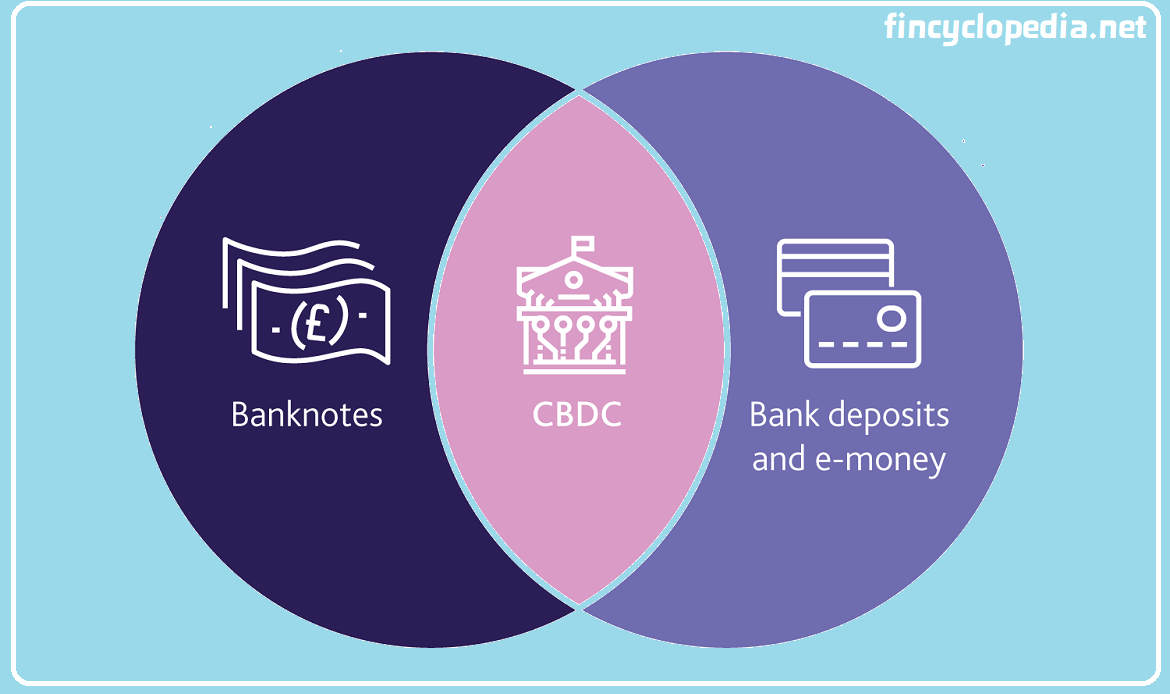The pledging of an asset or property by a borrower to secure a bank loan, where a lender has the right to recourse, i.e. to dispose of the asset in case of default. Collateralizing a loan is essentially meant to help a lender guarantee redeeming principal and receiving due interest amounts on time.
The collateralized asset (posted for securing a loan/ debt) is typically known as collateral.






